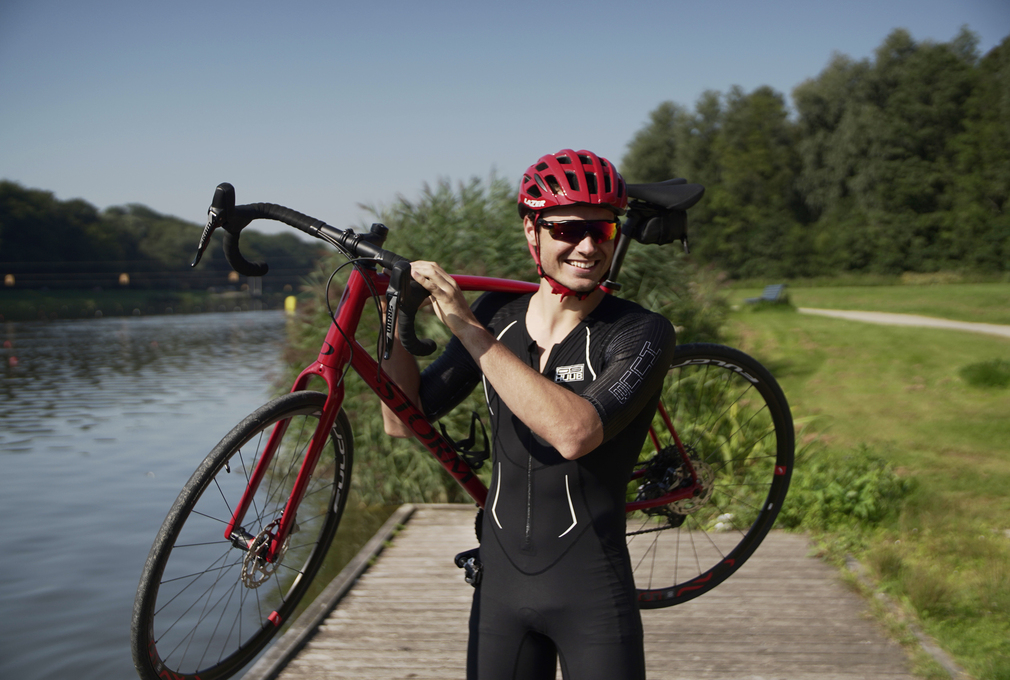Swimming blog - TRAINING Complimentary sports that can improve your swimming
Swimming demands a lot from you. You need great body awareness to be able to float and control your body position, you need to coordinate your limbs to create propulsion, you need enough flexibility to locate your shoulders in a strong position, and let’s not forget about the entire body strength and the endurance you need. However, swimming isn’t the only way to learn these skills, you can also do complementary sports next to your swim practice. Read along to see which sports you can do to pick up the skills and become better at swimming.
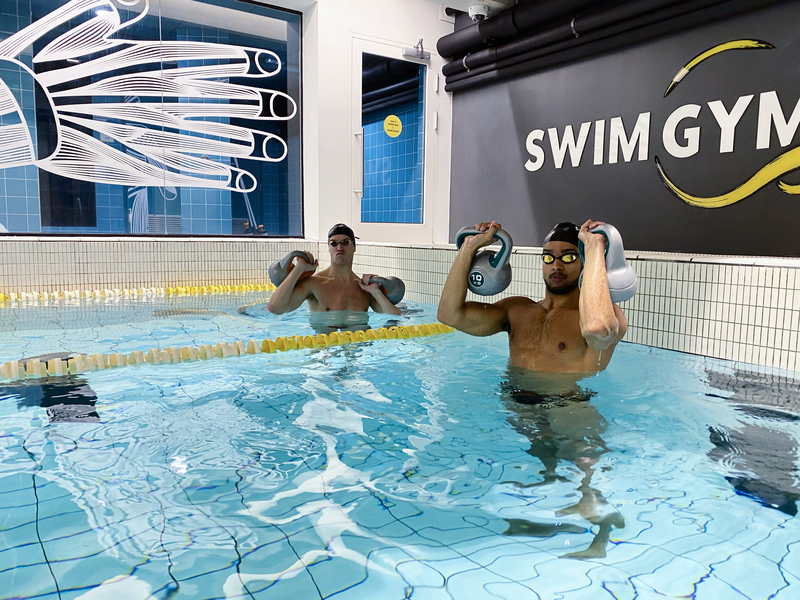
Yoga or Pilates
Many swimmers are way too stiff to position their shoulders and ankles in optimal position to apply force. In addition, swimmers find it difficult to maintain core tension while controlling full body movements. Pilates or yoga classes concentrate on body control and flexibility with a focus on strengthening the core. As a bonus, with pilates or yoga you work directly on improving your breath control, which is something novice swimmers have a lot of trouble with.
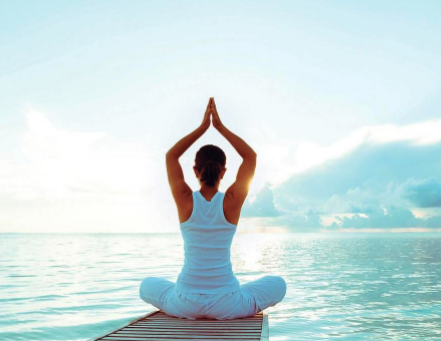
Martial Arts
Next on our list is martial arts, and at first glance martial arts and swimming seem worlds apart. However martial arts works on balance, body coordination, body awareness and a strong, well-timed and effective body rotation which is a necessary skill to master if you want to be a good swimmer. In addition, gaining some self defense skills can always come in handy ;-)

Rowing
Rowing and swimming have one very important thing in common; you need to push water backwards; with the paddle during rowing and the palm and forearm during swimming, to create forward propulsion. Moving through water is super tricky; water isn’t solid which makes it very difficult to apply force to it. With rowing you have the advantage that your paddle is way bigger compared to the palm and forearm during swimming, and therefore slight changes in movements with the paddles have a huge effect on forward propulsion. You can observe at which depth you’ll have the most propulsion and with which acceleration in the push you’ll create speed most efficiently. When you then apply what you have learned while rowing in swimming, you can improve your forward propulsion tremendously.
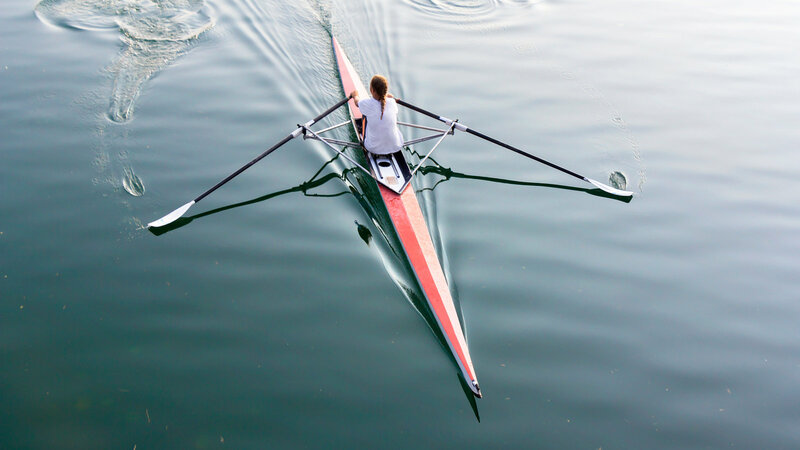
Spinning or Running
Good swimmers spend a lot of their time building their aerobic capacity to be able to endure their swim for longer distances or at a higher pace. This aerobic capacity can be built in the pool, however, adding weekly running or spinning classes alongside your swim practice especially at the beginning of the session can be an amazing way to build this capacity. It is also a nice alternative for those who are prone to shoulder injuries, this allows them to increase their aerobic capacity without increasing the risk of shoulder injuries.
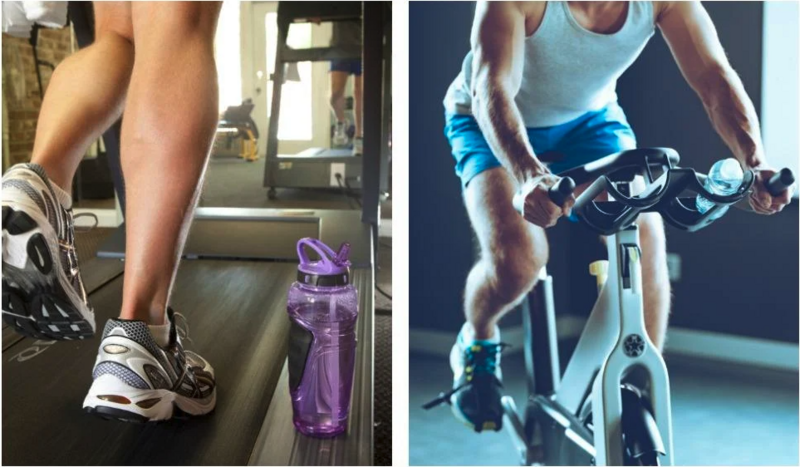
Strength based sports
We just mentioned aerobic capacity but to be able to create forward propulsion you need strength in addition to this. With every stroke you make you need to have the power to push yourself forward, the more power you have the stronger the push and thus the more distance you make with every stroke, and this has a huge impact on your stroke efficiency. The most convenient and fun way to build this strength is to find yourself a new hobby which is strength based such as fitness, calisthenics, bootcamping, powerlifting, weightlifting, gymnastics or some good old home based dryland workouts. Choose whatever you like and stick with it for a while, soon enough you will start to notice the difference in the strength of your strokes.
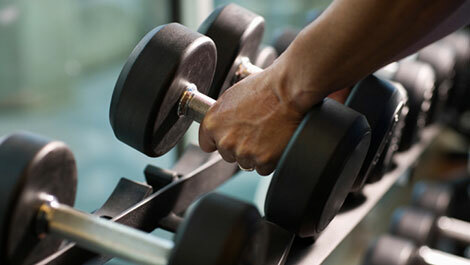
CrossFit
If after all the recommendations we gave you, you just can’t get enough of sports, maybe CrossFit is something to consider. It’s super diverse and consists of strength training, gymnastics, weight lifting and cardio training. You’ll be building your aerobic capacity, your strength, work on mobility, body control, body awareness and most importantly learn so many new movements. We know that you already have enough complex skills to be concerned about when swimming, let alone adding CrossFit to that. However many CrossFit movements have a direct correlation to swimming skills, and therefore improvement in CrossFit movements could be transferred to improvements in certain swimming skills.
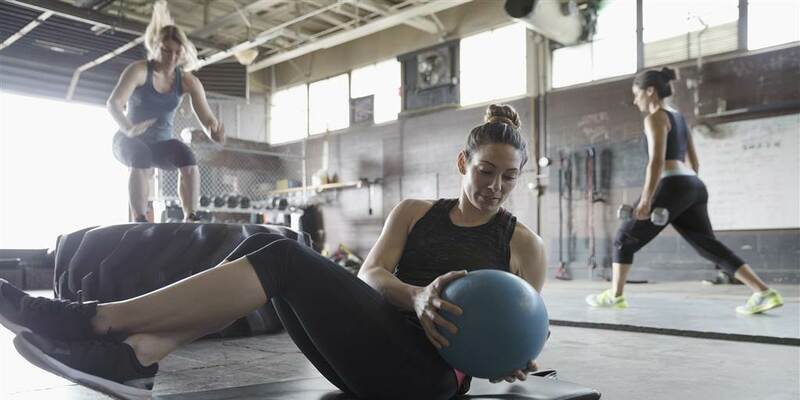
Now the only thing that remains, is to choose if you want to implement one of these sports into your weekly training. Most importantly choose something that makes you happy, because the only way you see changes is by being consistent, and the only way to be consistent is by doing things you love, just like swimming!
